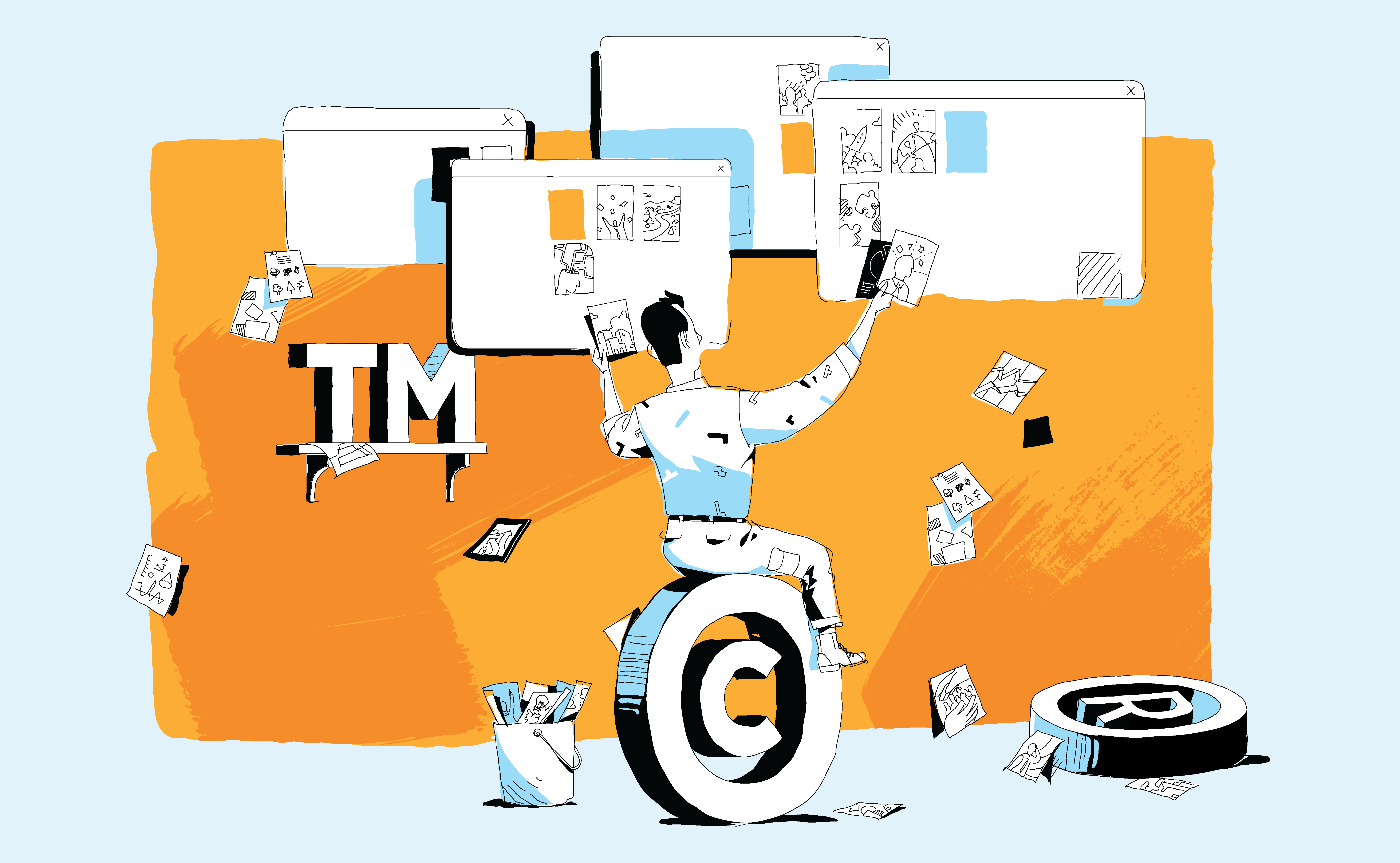As students prepare for the uncertain future of the 21st century, educators have come to realize that learning how to learn is more important than simple content knowledge. Students must develop skills such as critical thinking, problem-solving, collaboration, communication, and creativity to lead in the future. Increasingly pervasive access to the internet and the rapid pace of technological change means students also need to be taught how to sift through the massive amount of information available to them.
Most educators agree that these are important skills, but they find it challenging to incorporate them into an environment focused on standardized content and assessment. Solutions like project-based learning often involve lengthy, expensive training and a significant time commitment from the classroom. This is why StartSOLE found a way to help teachers seamlessly incorporate the development of these skills into their classrooms without needing to reinvent everything.
StartSOLE was launched in January of 2015 by Dr. Jeffrey McClellan, the founder of MC2 STEM High School. At MC2 STEM, Jeff saw first-hand the power of a student-centered, inquiry-based learning environment. The goal of StartSOLE was to provide tools to allow educators everywhere to transform their own classrooms into similar environments. The challenge was finding a simple, credible pedagogy that could work in any school environment. The answer, Self-Organized Learning Environments (SOLE), had its roots in an experiment conducted decades ago in a slum in New Delhi.
In 1999, Dr. Sugata Mitra conducted the “Hole in the Wall” experiment, leaving an internet-connected computer near a slum outside his office in India. After weeks of observing children with no formal educational background make tremendous academic growth and replicating his results across different environments, Dr. Mitra codified the concept of SOLE.
So, what does SOLE look like in a typical classroom?
Every SOLE takes place during a single class period (about an hour) in three phases: asking a question, investigating, and reviewing. The goal of a SOLE is for students to establish an informed opinion, support arguments with facts, and debate what they have found with their peers. SOLE seeks to encourage students to find and analyze information from multiple sources rather than simply find the “right answer.”
The key to an effective SOLE is a good Big Question—one that does not have an easy answer and leads to more questions. Big Questions typically connect more than one subject area. Rather than asking, “What is an insect?” a question like, “What would happen to Earth if all insects disappeared?” engages students across disciplines. An effective question inspires deep conversations and encourages children to offer theories, work collaboratively, use reasoning, and think critically.
After the Big Question has been posed to the class, students move directly to the investigation. Students are asked to self-organize into small groups with one or two internet-enabled devices. Each group begins researching the Big Question posed to the class. They find and analyze information from multiple sources rather than simply getting the “right answer.” Students are encouraged to collaborate within their groups and are also free to move around the room and share information.
During the investigation, the role of the educator is to facilitate—asking questions and offering encouragement. It’s not unusual for students to struggle with this freedom initially, but allowing for space to figure things out on their own helps foster communication and collaboration.
Each SOLE session concludes with a review. Each group prepares a short, one- to two-minute presentation that communicates the information they've found and where they found it. Students are encouraged to present creatively—posters, skits, songs, or whatever else students might choose.
After each presentation, the class is encouraged to ask follow-up questions and make connections among groups. The educator uses this time to listen to what students learned, praise their discoveries, and encourage debate between them.
Every time students participate in SOLE, they are learning how to think critically, work collaboratively, use creativity, and communicate effectively. Each time you facilitate a SOLE, you are empowering students to own their learning process, fearlessly searching and learning essential skills along the way.
How can you start implementing SOLE in your classroom? The free StartSOLE website and mobile app support educators by providing:
- 15,000 teacher-generated SOLE Questions aligned to standards
- an automated process for generating lesson plans
- teacher-created rubrics and student organizers
- tools for documenting student work
- guided reflection after each SOLE session
- the ability to earn free Continuing Education Units from Cleveland State University
- materials to support trainers introducing SOLE to new educators
Currently, the community includes over 27,000+ educators from over 120 different countries. For more information contact StartSOLE at support@startSOLE.org or head directly to the website and get started today.
- technology to help networks scale and manage their own community of practice.
Before founding StartSOLE, Dr. McClellan was founding principal of MC2 STEM High School, a small school leader, instructional coach, and science teacher. Jeff advises several international agencies and coaches educational leaders.
